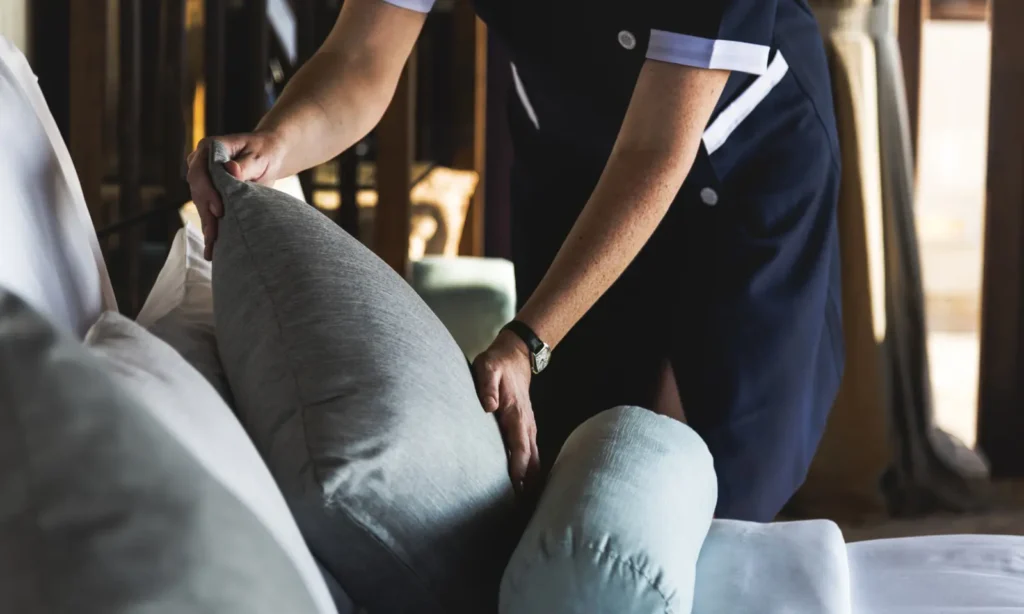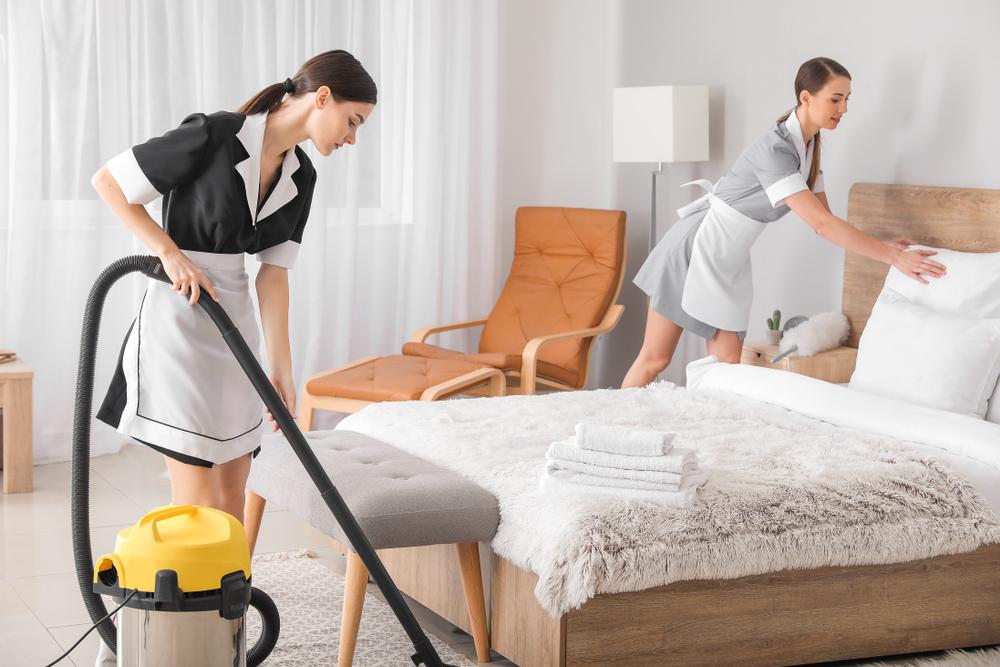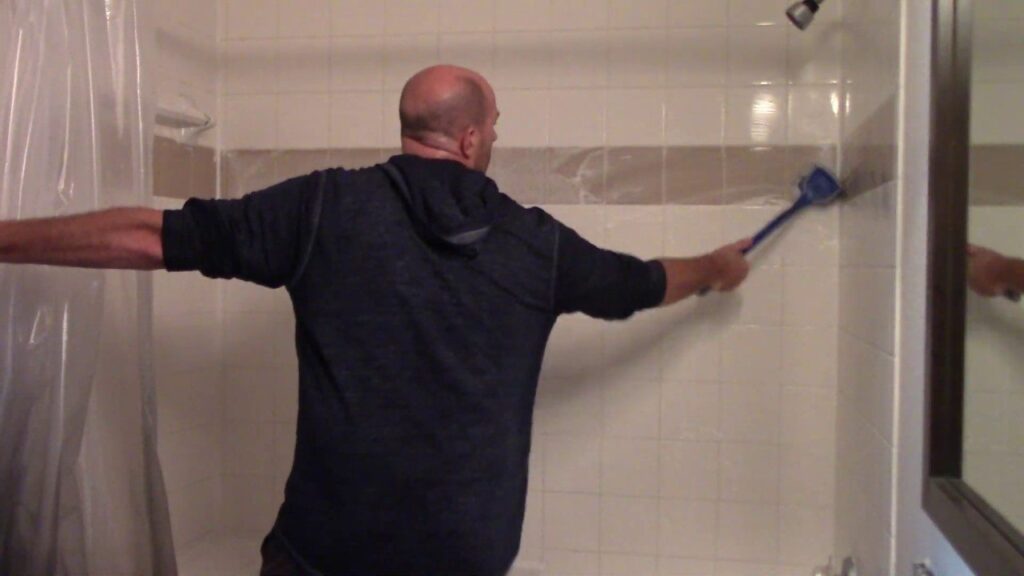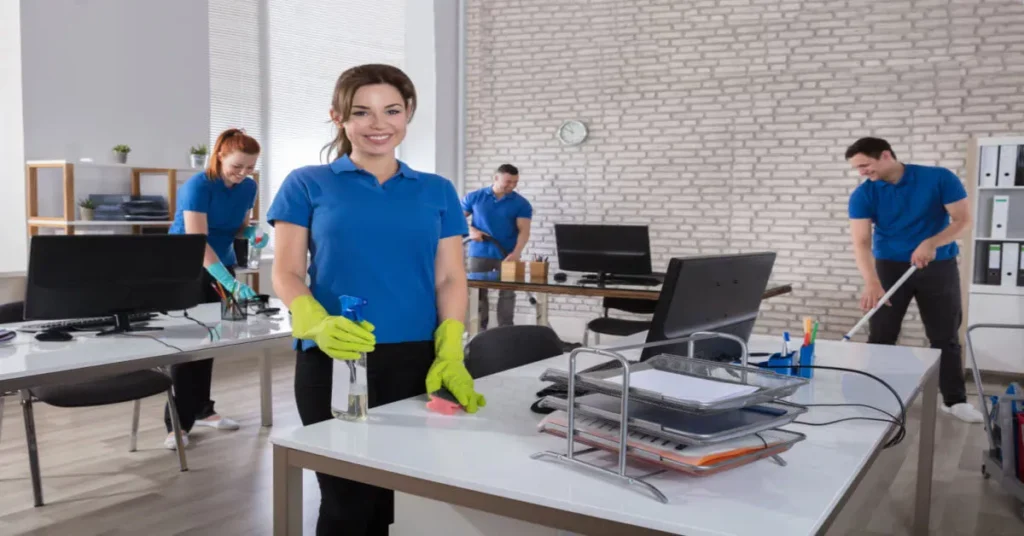Keeping your mattress clean is essential for a good night’s sleep and overall health. In Jacksonville, where humidity can be a concern, it’s especially important to address mattress cleanliness regularly. Dust mites, allergens, and spills can make your mattress a breeding ground for unwanted elements. Deep cleaning your mattress not only refreshes it but also extends its lifespan. In this guide, Evolution DR Cleaning will walk you through simple yet effective methods to tackle common issues like stains, odors, and allergens. With a few easy steps and local tips, you’ll ensure a cleaner, healthier sleeping environment right here in Jacksonville. Let’s get started!
1. Gather Your Supplies
Before diving into the cleaning process, it’s essential to have all the necessary supplies at hand. Here’s what you’ll need:
- Vacuum Cleaner with Upholstery Attachment: A vacuum with an upholstery attachment is vital for removing dust, dirt, and allergens from your mattress. This tool helps reach into seams and crevices that other attachments might miss.
- Baking Soda: Baking soda is a natural deodorizer that helps neutralize odors and absorb moisture from your mattress. It’s a key ingredient in deep cleaning in home.
- Mild Detergent or Mattress Cleaner: A gentle detergent or specialized mattress cleaner will help tackle stains and spots without damaging the mattress.
- Clean Cloths or Towels: Soft, absorbent cloths are necessary for spot cleaning and drying any damp areas on the mattress.
- Spray Bottle: If you need to mix cleaning solutions or lightly spray the mattress, a spray bottle is useful.
Having these supplies ready will streamline the cleaning process and ensure you address every aspect of mattress maintenance.
2. Remove Bedding and Vacuum
The first step in deep cleaning your mattress is to remove all bedding, including sheets, pillowcases, and mattress protectors. Place these items in the laundry and wash them according to their care instructions.
With the bedding removed, you can begin vacuuming the mattress. Use the upholstery attachment to thoroughly vacuum the surface of the mattress, paying particular attention to seams and edges where dust and debris often accumulate. Vacuuming not only removes surface dirt but also helps eliminate dust mites and allergens that can affect your health.
If your mattress has any detachable parts, such as a pillow top, make sure to vacuum those areas as well. This step prepares your mattress for further cleaning and ensures that no dirt or dust is trapped beneath the surface.
3. Spot Clean Stains
After vacuuming, inspect your mattress for any stains. Stains can be caused by spills, body fluids, or other accidents. Addressing these stains promptly is essential to maintain the cleanliness and longevity of your mattress.
To spot-clean stains, prepare a solution of mild detergent mixed with water. Dampen a clean cloth with the solution and gently blot the stained area. Avoid soaking the mattress, as excessive moisture can lead to mold and mildew growth. Instead, work from the outside of the stain inward to prevent it from spreading.
For tougher stains, consider using a specialized mattress cleaner. Follow the manufacturer’s instructions for application and always test the cleaner on a small, inconspicuous area first to ensure it doesn’t damage the mattress fabric.
4. Deodorize with Baking Soda
Baking soda is a powerful natural deodorizer that helps freshen up your mattress. After spot cleaning, sprinkle a generous amount of baking soda evenly over the surface of the mattress. If you like, you can add a few drops of essential oil to the baking soda to enhance the fragrance and add antibacterial properties.
Allow the baking soda to sit on the mattress for at least 15 minutes, though leaving it for several hours or even overnight can provide better results. The baking soda will absorb moisture and neutralize any lingering odors, leaving your mattress smelling fresh.
Once the baking soda has had time to work, use your vacuum cleaner with the upholstery attachment to thoroughly remove it. Be sure to vacuum all areas where the baking soda was applied to ensure that no residue is left behind.
5. Vacuum Again
After removing the baking soda, it’s crucial to vacuum the mattress once more. This second round of vacuuming will help ensure that any remaining dirt, dust, or baking soda is completely removed. Pay extra attention to the seams and edges, as these areas often collect debris.
If your mattress has any crevices or tufted areas, use the upholstery attachment to get into these spaces. A thorough vacuuming will not only leave your mattress cleaner but also help improve its overall hygiene.
6. Clean the Mattress Cover or Protector

If your mattress has a removable cover or protector, it’s essential to clean it according to the manufacturer’s care instructions. Most mattress covers are machine washable, but check the label for specific washing and drying instructions.
If the cover is not machine washable, consider spot-cleaning it with a mild detergent and water. Gently blot any stains or spots with a clean cloth and allow it to air dry completely before reassembling it on the mattress.
For those without a removable cover, ensure that your mattress itself is thoroughly cleaned as outlined above. Consider using a mattress protector in the future to safeguard against stains and extend the life of your mattress.
7. Air Out the Mattress
Once you’ve completed the primary cleaning steps, it’s essential to air out your mattress. Proper ventilation helps to ensure that any residual moisture from cleaning evaporates and prevents the growth of mold or mildew.
To air out your mattress, place it in a well-ventilated area. If possible, position it near an open window or in a room with good airflow. Natural sunlight can also help in this process, as UV rays have natural disinfectant properties. If your mattress is too large to move, you can open windows and use fans to improve air circulation in the room.
Allow the mattress to air out for several hours or, ideally, a full day if you have the time. This will help ensure that any remaining moisture from spot cleaning or deodorizing completely dries, leaving your mattress fresh and ready for use.
8. Rotate and Flip the Mattress
After cleaning and airing out your mattress, it’s a good idea to rotate and flip it. This practice helps to ensure even wear and prolongs the life of your mattress by preventing uneven sagging.
If your mattress is double-sided (flippable), flip it over so that the top side becomes the bottom. This action helps distribute wear more evenly across both sides of the mattress. For single-sided mattresses, simply rotate the mattress 180 degrees so that the head end becomes the foot end.
Regularly rotating and flipping your mattress every few months can help maintain its shape and support. This practice also allows you to address any areas that may have accumulated more wear, contributing to a more balanced and comfortable sleeping surface.
9. Check for Bed Bugs and Other Pests
While cleaning your mattress, it’s important to check for signs of bed bugs or other pests. Bed bugs can cause itching and discomfort and are a common issue in many households.
Inspect your mattress carefully, focusing on seams, edges, and any crevices. Look for small, reddish-brown spots or dark stains, which may indicate bed bug activity. You might also notice small, white eggs or shed skins in these areas.
If you find signs of bed bugs, consider contacting a professional pest control service in Jacksonville. They can provide a thorough inspection and treatment to address the infestation effectively. Regular mattress cleaning and using mattress encasements can help prevent future pest problems.
10. Address Allergens and Respiratory Concerns
Mattresses can harbor allergens such as dust mites, mold, and pet dander. Addressing these allergens is crucial for maintaining a healthy sleeping environment, especially if you suffer from allergies or respiratory issues.
To reduce allergens, use a vacuum cleaner with a HEPA filter, which is designed to trap small particles and allergens. Additionally, consider using hypoallergenic mattress covers and pillow protectors to create a barrier against allergens.
For ongoing allergy management, clean your mattress regularly and keep your bedroom well-ventilated. Using an air purifier with a HEPA filter in the bedroom can further help in reducing airborne allergens and improving overall air quality.
11. Maintain a Clean Sleep Environment

A clean mattress is only part of maintaining a healthy sleep environment. Regularly cleaning your bedroom and other bedding items is also essential.
Wash your sheets, pillowcases, and mattress protectors weekly to remove dust and allergens. Keep the bedroom free from clutter and dust by regularly dusting surfaces and vacuuming the floor. Consider using an air purifier to keep the air in your bedroom clean and free from dust and allergens.
In addition to cleaning, ensure that your bedroom is well-ventilated and has a comfortable temperature. A cool, dry environment is conducive to a restful sleep and helps prevent issues like moisture buildup, which can lead to mold or mildew.
12. Use Mattress Protectors for Future Maintenance
To keep your mattress clean and extend its lifespan, consider investing in a high-quality mattress protector. A mattress protector acts as a barrier against spills, stains, dust mites, and allergens.
When choosing a mattress protector, look for one that is water-resistant, hypoallergenic, and easy to clean. Many protectors are machine washable, making it easy to keep them fresh. A good mattress protector will not only help maintain the cleanliness of your mattress but also add an extra layer of comfort.
Ensure that the protector fits securely on your mattress and does not shift or bunch up. Regularly wash the mattress protector according to the manufacturer’s instructions to keep it in good condition.
13. Consider Professional Cleaning Services
For deep cleaning tasks or heavy stains that are challenging to handle on your own, consider hiring professional deep cleaning services in Jacksonville. Professional cleaners have specialized equipment and expertise to thoroughly clean and sanitize your mattress.
Professional cleaning can be particularly useful for removing stubborn stains, addressing pest issues, or if your mattress is heavily soiled. They can also offer treatments that may be difficult to achieve with DIY methods, such as steam cleaning or antimicrobial treatments.
When selecting a professional cleaning service, check for reviews and ensure they are experienced with mattress cleaning. Ask about their cleaning methods, products used, and any guarantees they offer for their services.
Conclusion
By following these deep cleaning steps, you’ll not only improve the cleanliness of your mattress but also enhance your overall sleep quality. Regular maintenance can help prevent the buildup of allergens and prolong the life of your mattress. With the right techniques and a bit of effort, you can ensure your bed remains a comfortable and healthy place to rest. Remember, a cleaner mattress contributes to better health and a more restful sleep, making it well worth the investment of time. Enjoy your refreshed, spotless mattress and the comfort it brings to your nights in Jacksonville!


